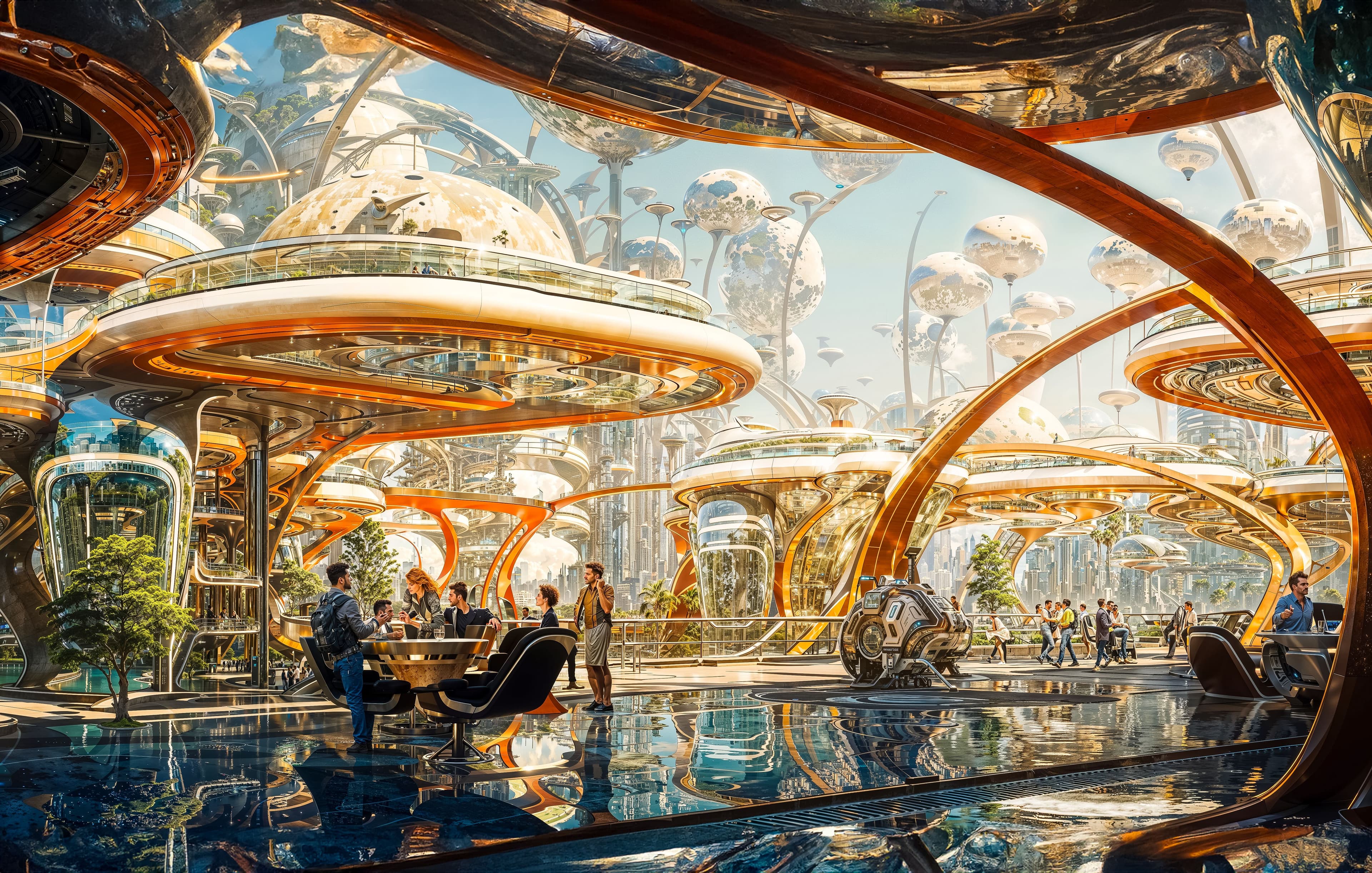
The Data Center Water Crisis Isn't RealDec 18
one guy is single-handedly correcting the ai water doomerism with a calculator and a chatbot
Mar 2, 2024

Hey readers, it's the 43rd issue of the White Pill, your favorite newsletter covering developments at the frontier of space, science, engineering, AI, and more.
Brief housekeeping: Free subscribers get a small excerpt of the White Pill in their email, and three free articles per month. Paid subscribers receive these newsletters in their inbox, in full, and have unlimited access to all Pirate Wires content.
OK — now let's get to it.